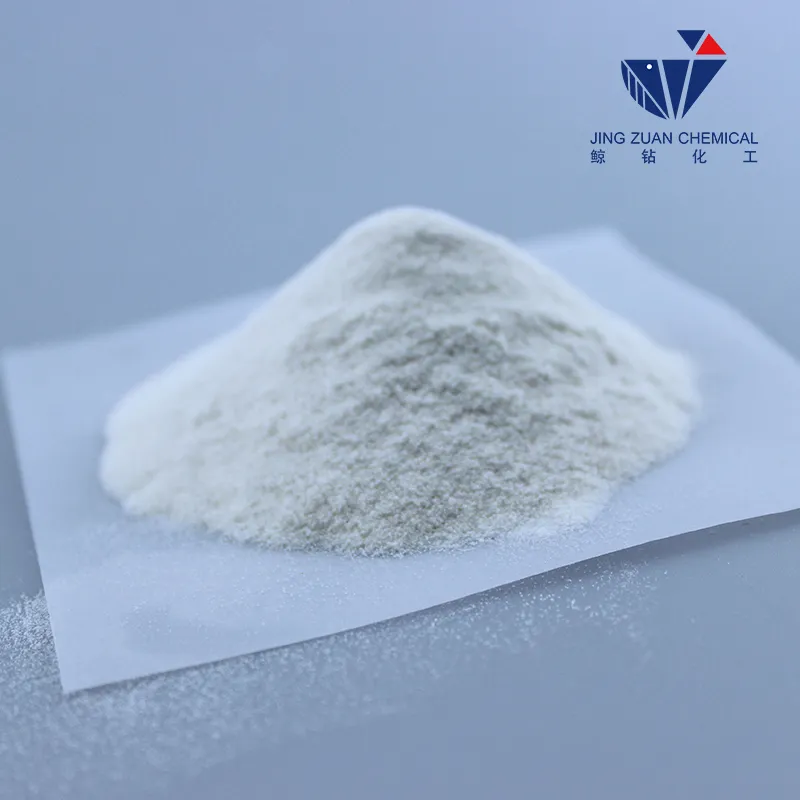
Dec . 10, 2024 13:46 Back to list
Exploring HPMC Applications in Mortar Formulation and Performance Optimization
The Importance of HPMC in Mortar Applications
Hydroxypropyl Methylcellulose (HPMC) is a versatile cellulose ether that has gained remarkable prominence in the construction industry, particularly in applications related to mortar. As a key additive, HPMC significantly enhances the properties of mortar, making it more adaptable, workable, and durable. This article explores the essential benefits and applications of HPMC in mortar formulations.
What is HPMC?
HPMC is a non-ionic cellulose ether derived from natural cellulose. By modifying cellulose with hydroxypropyl and methyl groups, HPMC maintains the natural characteristics of cellulose while acquiring unique properties advantageous for construction purposes. It typically appears as a white powder that is soluble in water, forming a transparent gel when mixed.
Enhancing Workability
One of the primary advantages of incorporating HPMC into mortar is its ability to improve workability. Mortar with HPMC exhibits extended open time, meaning that it remains workable for a longer duration after application. This is crucial in construction, where workers often need additional time to adjust and position tiles or bricks before the mortar sets. Enhanced workability also leads to smoother mixing processes and easier troweling, which can improve the overall finish of masonry work.
Control Over Water Retention
Water retention is another critical feature improved by HPMC. Mortar containing HPMC retains water more effectively, which is vital for hydration and curing of the cement. Adequate water retention prevents premature drying, which can lead to reduced strength and potential cracking of the mortar. By ensuring optimal hydration conditions, HPMC not only enhances the mechanical properties of the cured mortar, such as compressive and tensile strength but also increases its durability.
hpmc for mortar

Adhesion Properties
The addition of HPMC also contributes to the adhesion properties of mortar. This additive improves the bond between the mortar and various substrates, including concrete, brick, and tiles, reducing the likelihood of delamination and failure. This improved adhesion is especially important in tiling applications, where a strong bond is necessary to withstand stresses from thermal expansion, moisture, and mechanical loads.
Enhanced Flexibility and Elasticity
Flexibility is another important characteristic of mortar, particularly in regions that experience temperature fluctuations or ground movement. HPMC helps impart flexibility and elasticity to the mortar matrix, allowing it to accommodate slight movements without cracking. This property is critical in areas prone to seismic activity or where building materials may expand and contract due to weather changes. By reducing the risk of cracking and maintaining structural integrity, HPMC contributes to the longevity of masonry structures.
Environmental Benefits
HPMC is also recognized for its environmentally friendly properties. As a plant-derived product, it aligns with the growing demand for sustainable building materials. Its incorporation into mortar formulations can reduce the need for synthetic additives, promoting a more environmentally conscious approach to construction. Moreover, HPMC’s ability to enhance performance can lead to reduced material waste, further supporting eco-friendly practices.
Conclusion
In summary, Hydroxypropyl Methylcellulose (HPMC) is an invaluable additive in the production of mortar, providing a range of benefits that enhance the material’s workability, water retention, adhesion, flexibility, and environmental sustainability. As the construction industry continues to evolve, the incorporation of such innovative materials is critical in addressing modern challenges, ensuring that structures are not only aesthetically pleasing but also resilient and long-lasting. Given its multifaceted advantages, HPMC stands out as an essential ingredient for producing high-quality mortar suited for a diverse array of applications. Whether for residential, commercial, or industrial projects, HPMC-enhanced mortar ensures that construction meets today’s standards for performance and sustainability.
-
Versatile Hpmc Uses in Different Industries
NewsJun.19,2025
-
Redispersible Powder's Role in Enhancing Durability of Construction Products
NewsJun.19,2025
-
Hydroxyethyl Cellulose Applications Driving Green Industrial Processes
NewsJun.19,2025
-
Exploring Different Redispersible Polymer Powder
NewsJun.19,2025
-
Choosing the Right Mortar Bonding Agent
NewsJun.19,2025
-
Applications and Significance of China Hpmc in Modern Industries
NewsJun.19,2025







